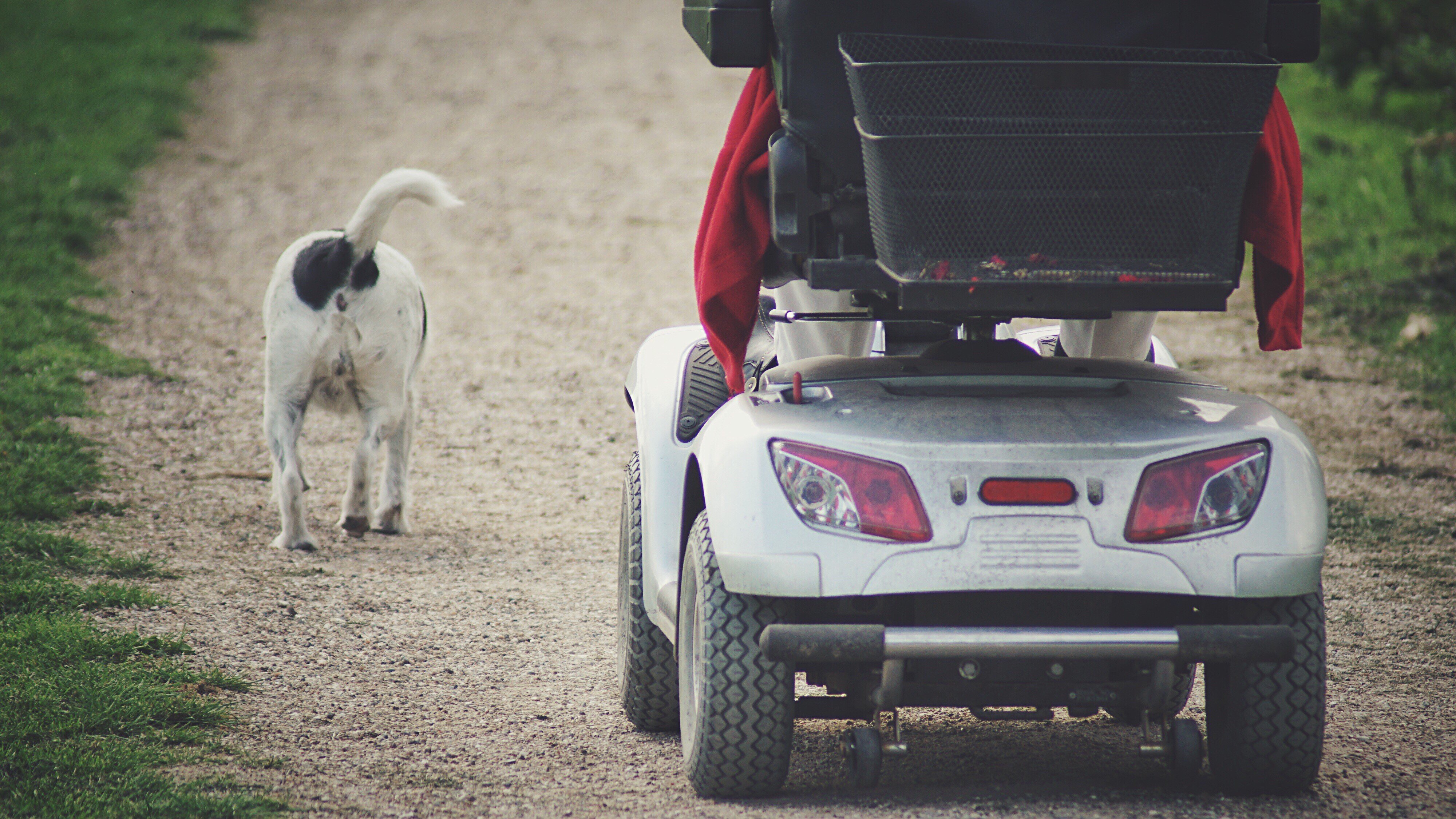mobility_scooters_for_sale5461
About mobility_scooters_for_sale5461
The 10 Most Scariest Things About Mobility Scooters
Navigating the World of Mobility Scooters: A Comprehensive Guide
In an era where mobility is increasingly recognized as an essential aspect of quality of life, the need for assistive devices has surged. Amongst these, mobility scooters stand out as a flexible and empowering alternative for people with mobility difficulties. This detailed guide looks into the world of mobility scooters, using insights into their types, advantages, purchasing considerations, and upkeep pointers.

Comprehending Mobility Scooters
buying mobility scooter (visit git.jackbondpreston.me) scooters are motorized lorries created to help individuals with mobility problems in walking around more freely and separately. They are especially beneficial for those who find walking hard due to conditions such as arthritis, several sclerosis, or post-surgical recovery. Unlike manual wheelchairs, mobility scooters require minimal physical effort, making them an outstanding option for extended use.

Kinds Of Mobility Scooters
-
Three-Wheel Scooters
- Pros: More maneuverable, lighter, and much easier to store.
- Cons: Less stable on rough surface.
- Best For: Indoor and smooth outdoor surface areas.
-
Four-Wheel Scooters
- Pros: More stable, much better on rough terrain, and can carry much heavier loads.
- Cons: Bulkier and less maneuverable.
- Best For: Outdoor usage, especially in parks and on unequal surfaces.
-
Portable Scooters
- Pros: Lightweight, collapsible, and easy to transport.
- Cons: Limited variety and speed.
- Best For: Travel and occasional usage.
-
Heavy-Duty Scooters
- Pros: Built to handle heavier users and rugged environments.
- Cons: More expensive and less portable.
- Best For: Users over 300 pounds or those who need to browse rough surface.
-
Standing Scooters
- Pros: Provide a standing position, which can be advantageous for users who can not sit for long durations.
- Cons: Limited stability and range.
- Best For: Users who prefer standing and require short-distance support.
Benefits of Mobility Scooters
-
Enhanced Independence
- Mobility scooters permit users to travel longer ranges without fatigue, allowing them to get involved more completely in day-to-day activities and social occasions.
-
Improved Safety
- With functions like seat belts, anti-tip wheels, and brake systems, mobility scooters provide a more secure alternative to manual wheelchairs and walking help.
-
Comfort and Support
- Adjustable seats, backrests, and armrests make sure a comfy ride, decreasing the stress on the user’s body.
-
Economical
- While the initial financial investment can be substantial, mobility scooters are often more economical in the long run compared to frequent taxi rides or specialized transport services.
-
Social Inclusion
- Mobility scooters help with greater social interaction by making it possible for users to engage in community activities and keep a more active lifestyle.
Elements to Consider When Buying a Mobility Scooter
-
User Needs and Abilities
- Examine the user’s physical condition, mobility needs, and day-to-day activities to identify the most suitable kind of scooter.
-
Size and Weight Capacity
- Make sure the scooter can accommodate the user’s size and weight comfortably and safely.
-
Range and Speed
- Consider the typical distance and speed needed for day-to-day usage. Some scooters have a variety of approximately 30 miles on a single charge.
-
Mobility
- If travel is a concern, choose a portable scooter that can be quickly disassembled and transported.
-
Upkeep and Support
- Pick a credible producer that offers trustworthy client service and maintenance assistance.
-
Budget plan
- Set a budget plan and explore choices that provide the very best value for cash. Consider financing choices and prospective insurance protection.
Maintenance Tips for Mobility Scooters
-
Routine Cleaning
- Clean the scooter frequently to prevent dirt and particles from affecting its efficiency. Utilize a soft cloth and mild cleaning agent.
-
Battery Maintenance
- Follow the maker’s standards for battery charging and upkeep. Regularly check the battery level and avoid deep discharges.
-
Tire Inspection
- Inspect the tires for wear and proper inflation. Change or repair as needed to guarantee a smooth and safe trip.
-
Lubrication
- Lube moving parts such as the chain and gears to reduce friction and avoid wear.
-
Expert Servicing
- Arrange regular expert servicing to attend to any concerns and guarantee the scooter stays in optimum condition.
FAQs About Mobility Scooters
-
Are mobility scooters covered by insurance coverage?
- Some insurance coverage plans, consisting of Medicare, might cover the cost of mobility scooters under specific conditions. Contact your service provider for specific details.
-
Can I use a mobility scooter inside?
- Yes, many mobility scooters are created for both indoor and outdoor usage. Ensure the scooter is ideal for the type of surface areas you will be browsing.
-
How fast can mobility scooters go?
- The speed differs by model, however most mobility scooters have a maximum speed of 4 to 8 miles per hour.
-
Do I need a license to run a mobility scooter?
- In many countries, a license is not required to operate a mobility scooter. Nevertheless, it is very important to follow local regulations and traffic laws.
-
Can I travel with a mobility scooter?
- Lots of mobility scooters are created to be portable and can be disassembled for travel. Check with airlines and transportation providers for particular requirements.
Mobility scooters are a transformative tool for people with mobility obstacles, offering a mix of independence, security, and convenience. By understanding the various kinds of scooters, thinking about key getting aspects, and following maintenance best practices, users can take advantage of their mobility scooter and lead a more active and fulfilling life. Whether for day-to-day commutes or leisurely outings, a well-chosen mobility scooter can be a valuable companion on the journey to improved mobility and quality of life.
No listing found.
